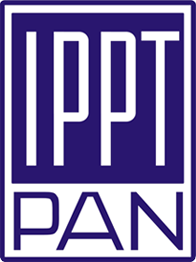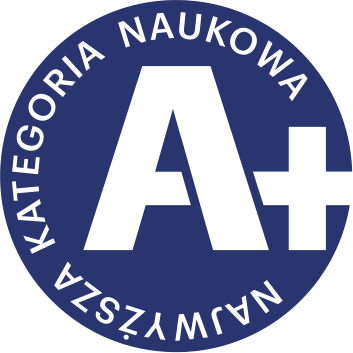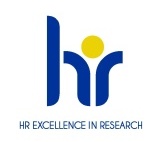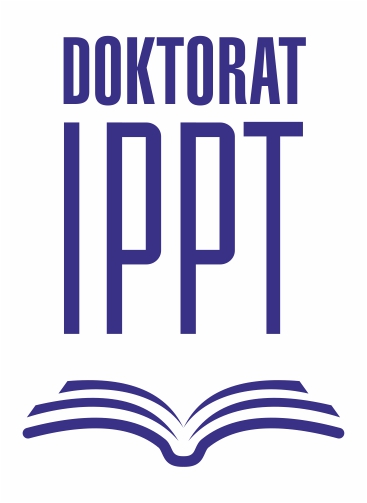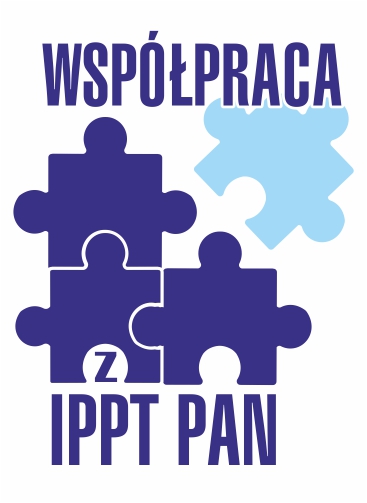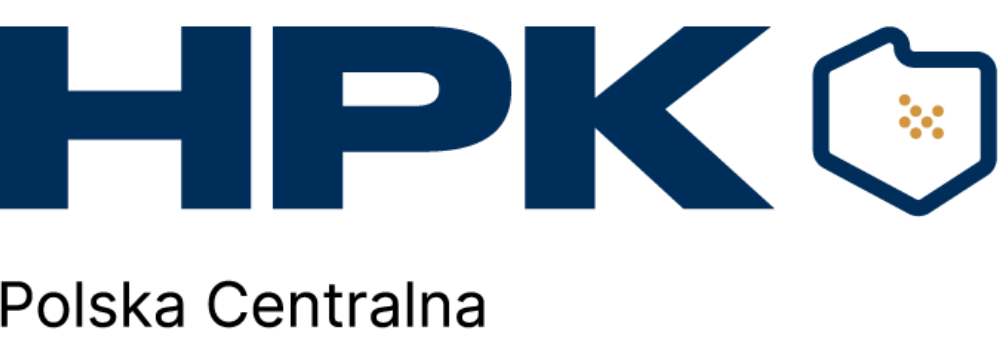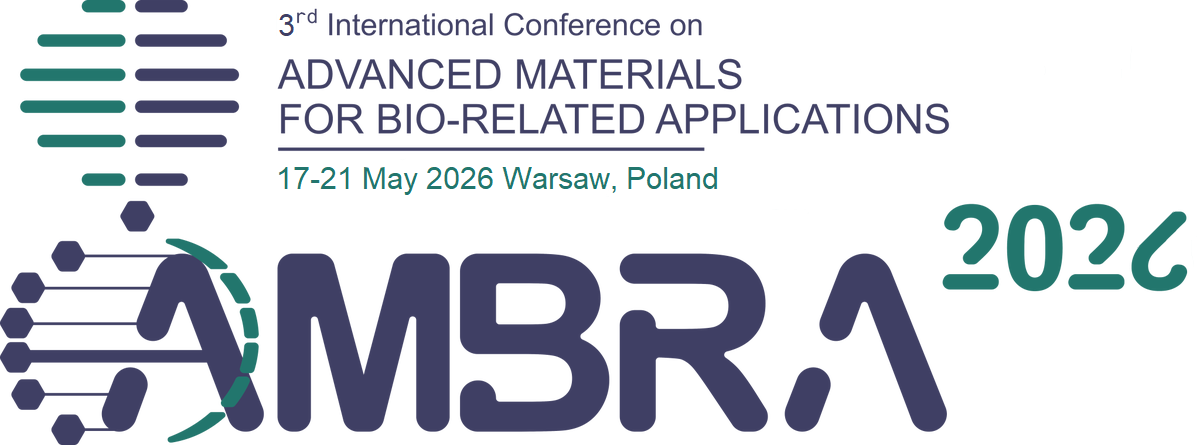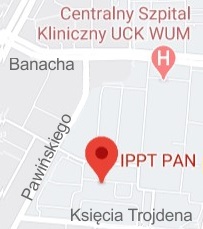| 1. |
Bedkowski J., Matecki M.♦, Pelka M.♦, Majek K.♦, Tresya F.♦, Kostrzewa A.♦, Acquisition and digitization of large-scale heritage scenes with open source project https://github.com/MapsHD/HDMapping,
DIGITAL HERITAGE 2025, The premier global forum where culture meets cutting-edge technology, 2025-09-08/09-13, Włochy, Siena (IT), pp.1-10, 2025 | 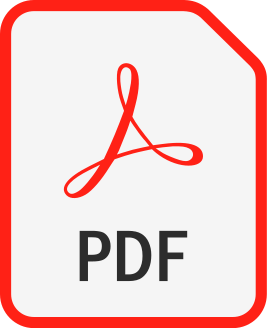 |
| 2. |
Będkowski J., Pełka M.♦, Majek K.♦, Matecki M.♦, Method for spherical camera to 3D LiDAR calibration and synchronization with example on Insta360 X4 and LiVOX MID 360,
The International Archives of the Photogrammetry, Remote Sensing and Spatial Information Sciences, 2025-06-16/06-18, Warszawa (PL), DOI: 10.5194/isprs-archives-XLVIII-1-W4-2025-13-2025 , pp.13-19, 2025 Streszczenie:
This paper introduces a method for 360 camera with 3D LiDAR calibration and synchronization with example on Insta360 X4 and LiVOX MID 360. Both data streams (camera and LiDAR) are recorded separately to reach interoperability, robustness, full resolution, and maximal FPS (Frames Per Second). The novelty is based on LED circle strip illuminating timestamp, thus this information is recorded by camera. The timestamp is presented using gray code utilizing individually addressed LED strips. The data signal for LED is prepared by micro-controller. Microcontroller (ESP-8285) communicates using USB. We incorporated ResNet-18 based binary classifier to classify LEDs. Our method can efficiently assign timestamps with a resolution of 100 ms.
To fulfill the process of 3D point cloud colorization, we implemented camera to LiDAR calibration procedure requiring manually assigning 5 pairs of image to 3D point correspondences. Our method is independent from hardware, thus it can be used also for affordable one making it more accessible and easy to use. Słowa kluczowe:
mobile mapping, sensor synchronization, 360 camera, 3D lidar Afiliacje autorów:
| Będkowski J. | - | IPPT PAN | | Pełka M. | - | Institute of Mathematical Machines (PL) | | Majek K. | - | Institute of Mathematical Machines (PL) | | Matecki M. | - | inna afiliacja |
| 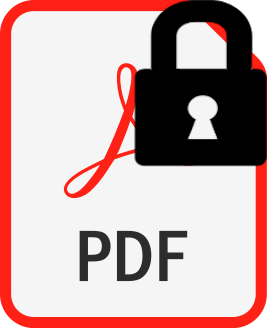 |
| 3. |
Będkowski J., Majek K.♦, Pelka M.♦, Semi autonomous mobile robot for inspection missions,
IS, IEEE 12th International Conference on Intelligent Systems, 2024-08-29/08-31, Varna (BG), pp.1-4, 2024 Streszczenie:
This paper shows the results of a semi autonomous mobile robot tested in inspection missions during ENRICH 2023 and ELROB 2024. After successful ENRICH 2023 we decided to improve our system by adding LiDAR (Light Detection and Ranging) motion compensation with IMU (Inertial Measurement Unit). Our goal is to provide an affordable robotic solution as open source project available at https://github.com/JanuszBedkowski/msas_enrich_2023. Everything was fine till realistic test during ELROB 2024. Our system works well in 2D scenarios. It is not robust against large slopes. In this paper we show system overview and elaborate its limitations. We demonstrated the use of our open source project https://github.com/MapsHD/HDMapping for 3D map building with the mobile mapping system attached to the robot. Słowa kluczowe:
mobile robot, semi autonomous, real world task, LiDAR Afiliacje autorów:
| Będkowski J. | - | IPPT PAN | | Majek K. | - | Institute of Mathematical Machines (PL) | | Pelka M. | - | Institute of Mathematical Machines (PL) |
|  | 20p. |
| 4. |
Majek K.♦, Będkowski J.♦, Range Sensors Simulation Using GPU Ray Tracing,
CORES 2015, The 9th International Conference on Computer Recognition Systems CORES, 2015-05-25/05-27, Wrocław (PL), DOI: 10.1007/978-3-319-26227-7_78, No.403, pp.831-840, 2016 Streszczenie:
In this paper the GPU-accelerated range sensors simulation is discussed. Range sensors generate large amount of data per second and to simulate these high-performance simulation is needed. We propose to use parallel ray tracing on graphics processing units to improve the performance of range sensors simulation. The multiple range sensors are described and simulated using NVIDIA OptiX ray tracing engine. This work is focused on the performance of the GPU acceleration of range images simulation in complex environments. Proposed method is tested using several state-of-the-art ray tracing datasets. The software is publicly available as an open-source project SensorSimRT. Słowa kluczowe:
Ray tracing, RGB-D sensors, Simulation Afiliacje autorów:
| Majek K. | - | Institute of Mathematical Machines (PL) | | Będkowski J. | - | inna afiliacja |
|  |
| 5. |
Musialik P.♦, Majek K.♦, Majek P.♦, Pelka M.♦, Będkowski J.♦, Masłowski A.♦, Typiak A.♦, Accurate 3D mapping and immersive visualization for Search and Rescue,
RoMoCo 2015, 10th International Workshop on Robot Motion and Control, 2015-07-06/07-08, Poznań (PL), DOI: 10.1109/RoMoCo.2015.7219728, pp.153-158, 2015 Streszczenie:
This paper concentrates on the topic of gathering, processing and presenting 3D data for use in Search and Rescue operations. The data are gathered by unmanned ground platforms, in form of 3D point clouds. The clouds are matched and transformed into a consistent, highly accurate 3D model. The paper describes the pipeline for such matching based on Iterative Closest Point algorithm supported by loop closing done with LUM method. The pipeline was implemented for parallel computation with Nvidia CUDA, which leads to higher matching accuracy and lower computation time. An analysis of performance for multiple GPUs is presented. The second problem discussed in the paper is immersive visualization of 3d data for search and rescue personnel. Five strategies are discussed: plain 3D point cloud, hypsometry, normal vectors, space descriptors and an approach based on light simulation through the use of NVIDIA OptiX Ray Tracing Engine. The results from each strategy were shown to end users for validation. The paper discusses the feedback given. The results of the research are used in the development of a support module for ICARUS project. Słowa kluczowe:
Three-dimensional displays, Data visualization, Graphics processing units, Image color analysis, Computational modeling, Solid modeling, Pipelines Afiliacje autorów:
| Musialik P. | - | Institute of Mathematical Machines (PL) | | Majek K. | - | Institute of Mathematical Machines (PL) | | Majek P. | - | Institute of Mathematical Machines (PL) | | Pelka M. | - | Institute of Mathematical Machines (PL) | | Będkowski J. | - | inna afiliacja | | Masłowski A. | - | Politechnika Warszawska (PL) | | Typiak A. | - | inna afiliacja |
|  | 15p. |
| 6. |
Będkowski J.♦, Pelka M.♦, Majek K.♦, Fitri T.♦, Naruniec J.♦, Open source robotic 3D mapping framework with ROS - Robot Operating System, PCL - Point Cloud Library and Cloud Compare,
5TH INTERNATIONAL CONFERENCE ON ELECTRICAL ENGINEERING AND INFORMATICS, 2015-08-10/08-11, Legian-Bali (ID), DOI: 10.1109/ICEEI.2015.7352578, pp.644-649, 2015 Streszczenie:
We propose an open source robotic 3D mapping framework based on Robot Operating System, Point Cloud Library and Cloud Compare software extended by functionality of importing and exporting datasets. The added value is an integrated solution for robotic 3D mapping and new publicly available datasets (accurate 3D maps with geodetic precision) for evaluation purpose Datasets were gathered by mobile robot in stop scan fashion. Presented results are a variety of tools for working with such datasets, for task such as: preprocessing (filtering, down sampling), data registration (ICP, NDT), graph optimization (ELCH, LUM), tools for validation (comparison of 3D maps and trajectories), performance evaluation (plots of various outputs of algorithms). The tools form a complete pipeline for 3D data processing. We use this framework as a reference methodology in recent work on SLAM algorithms. Słowa kluczowe:
Three-dimensional displays, Robot kinematics, Cameras, Mobile communication, Robot sensing systems, XML Afiliacje autorów:
| Będkowski J. | - | inna afiliacja | | Pelka M. | - | Institute of Mathematical Machines (PL) | | Majek K. | - | Institute of Mathematical Machines (PL) | | Fitri T. | - | Institute of Mathematical Machines (PL) | | Naruniec J. | - | Politechnika Warszawska (PL) |
|  | 15p. |
| 7. |
Majek K.♦, Musialik P.♦, Kaczmarek P.♦, Będkowski J.♦, Lesson Learned from Eurathlon 2013 Land Robot Competition,
AUTOMATION 2014, Conference on Automation - Innovations and Future Perspectives, 2014-03-26/03-28, Warszawa (PL), DOI: 10.1007/978-3-319-05353-0_42, No.267, pp.441-451, 2014 Streszczenie:
This paper shows evaluation result of the mobile robotic system for Urban Search and Rescue performed during Eurathlon 2013 robotic competition by IAIR-IMM team. Our team was competing in two scenarios: a) Reconnaissance and surveillance in urban structures (USAR), b) Search and rescue in a smoke-filled underground structure. The main task for this system from our team point of view was to build 3D metric map of the environment and to find OPIs (Objects of Potential Interest). Therefore in this paper we described the vision system for objects recognition and 3D map building. The system is composed of mobile robot equipped with camera, 3D laser measurement system and base station composed of computer equipped with NVIDIA GPU for parallel processing of derived clouds of points. The main focus of the work was to improve the performance of the operator controlling the robot in harsh environment. We achieved satisfactory results that could be still improved in many aspects. In experimental part we demonstrated validation of vision recognition system and 3D maps built during preparation trials and during final competition. The best quantitative result of this work was 3rd place in USAR scenario. Unfortunately, we could not build the map in a smoke-filled underground structure, but the result is also very interesting for future developments. Słowa kluczowe:
Eurathlon, mobile robot Afiliacje autorów:
| Majek K. | - | Institute of Mathematical Machines (PL) | | Musialik P. | - | Institute of Mathematical Machines (PL) | | Kaczmarek P. | - | inna afiliacja | | Będkowski J. | - | inna afiliacja |
|  | 10p. |
| 8. |
Gonçalves R.♦, Baptista R.♦, Coelho A.♦, Matos A.♦, Vaz de Carvalho C.♦, Będkowski J.♦, Musialik P.♦, Ostrowski I.♦, Majek K.♦, A game for robot operation training in Search and Rescue missions,
REV2014, 11th International Conference on Remote Engineering and Virtual Instrumentation, 2014-02-26/02-28, Porto (PT), pp.262-267, 2014 Streszczenie:
Search and rescue (SAR) teams often face several complex and dangeroustasks, witch could be aided by unmanned robotic vehicles (UV). UV agents can potentially be used to decrease the risk in the loss of lives both of the rescuers and victims and aid in the search and transportation and survivors and in the removal of debris in a catastrophe scenario. Depending on the nature of a catastrophe and its geographical location, there are potentially three types of UV contemplates, their operators need prior training and certification. To train and certify the operators a tool (serious game) is under development. In this paper we will make an overview about our approach in its development. This game uses a typical client-server architecture where all client agents (virtual UVs and operator client interfaces) share the same immersive virtual environment which is generated through the merging of GIS data and a semantic model extracted from 3D lase data. There will be several types of scenarios suitable to several types of catastrophe situations.Each of these scenarios has its own mission plan for the trainees to follow. The game will also provide an interface for mission planning so that each mission plan will be carefully designed to accurately correspond to a matrix of skills. This matrix lists a set of common skills in various different UV operational case studies which will allow the certification of operators. Afiliacje autorów:
| Gonçalves R. | - | University of Porto (PT) | | Baptista R. | - | INESC/USIG (PT) | | Coelho A. | - | University of Porto (PT) | | Matos A. | - | University of Porto (PT) | | Vaz de Carvalho C. | - | Polytechnic of Porto (PT) | | Będkowski J. | - | inna afiliacja | | Musialik P. | - | Institute of Mathematical Machines (PL) | | Ostrowski I. | - | inna afiliacja | | Majek K. | - | Institute of Mathematical Machines (PL) |
|  | 10p. |
 (Politechnika Poznańska)
(Politechnika Poznańska)













